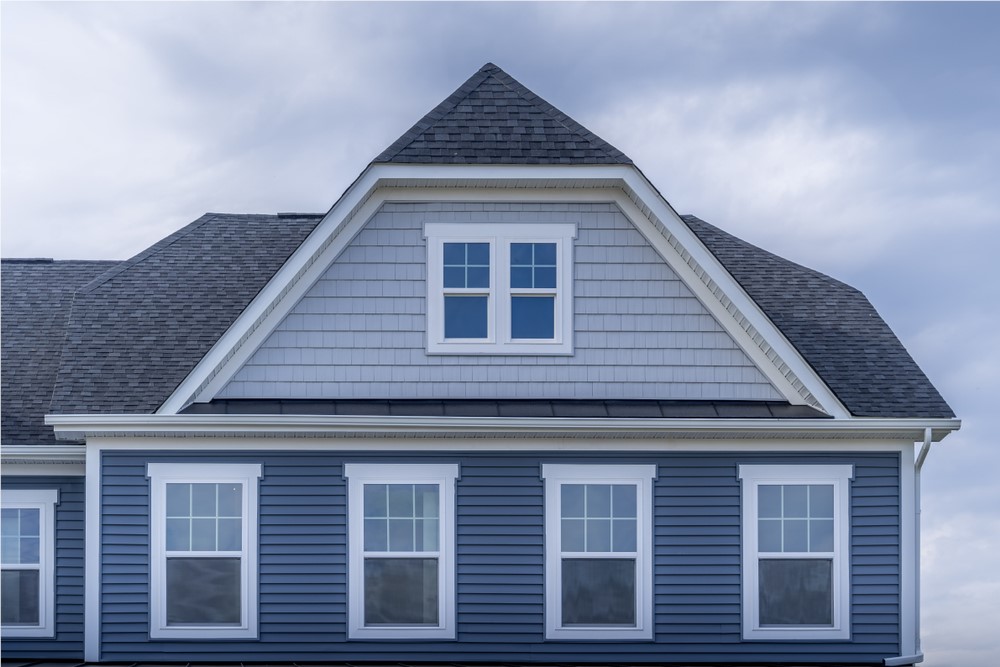Do you dread what winter does to your energy costs when the temperatures drop? If so, it is not surprising.
The costs associated with heating and cooling a home are by far the most costly. Fortunately, there are many free or low-cost measures you can take to reduce your heating costs including some of the simple steps below.
Open and Close Your Curtains
When it’s sunny, open curtains are one of the most inexpensive ways to bring in light, and also warmth into your home. To reap the most benefits by doing this, you will want to pull back the curtains on the southern facing windows to let the sun’s rays fill your home. When it’s overcast or dark, close the curtains, so they can help reduce drafts.
Insulate Your Windows
If you haven’t budgeted for replacing your older, drafty windows for this winter, then you might as well find a way to mimic the benefits of energy efficient ones. You can make your existing ones more energy efficient by taking a clear piece of heavy duty tarp, and attaching it to the inside of your window. This creates a sort of double-pane, which can insulate you from some of the cold.
Adjust Your Thermostat
The temperature you set on your thermostat can significantly impact your heating costs. Sometimes, setting your thermostat between 10 to 15 degrees below your ideal temperature can reduce your energy costs by 10% or more.
If you come-and-go a lot at regular intervals, having a programmable thermostat installed might be the best way for you to keep your energy costs in check. This is because a programmable thermostat allows you to set different temperatures in your home at various points during the day, which means that you don’t have to wonder whether or not you moved it up or down.
Identify and Seal Leaks
You’d be amazed at how much air can leak from various places in the homes. Common culprits are in and around pipes, recessed lights, vents, areas around windows, door frames, poorly insulated rooms and attics, and other unfinished spaces. Using caulk or weather-stripping to seal leaks around drafty areas can positively impact your home’s ability to keep heat in as desired.
Regularly Service Your Heating System
Maintaining your furnace or other heating system is key to it working as efficiently as possible, and also keeps costs down. If you have a furnace, replace your filter once a month. If your home uses a wood-burning heater, you might want to consider cleaning the flue vent as well as inside the unit with a wire brush on a monthly basis.
Close Your Fireplace’s Damper
It’s prudent to keep your fireplace’s damper closed because leaving it open is equivalent to leaving your home’s windows open on a cold day. When left open, the warm air generated by your fireplace or other heating source escapes upward and outside your house through the chimney. If you don’t use your fireplace, you might want to plug and seal the chimney flue altogether as cold air can seep in through the cracks and crannies unnecessarily.
If you follow these simple steps, you’ll be well on your way to having a warmer, more energy efficient home that lowers your heating bill this fall and winter season!
Subscribe to Energy Home Pros's Blog





Comments